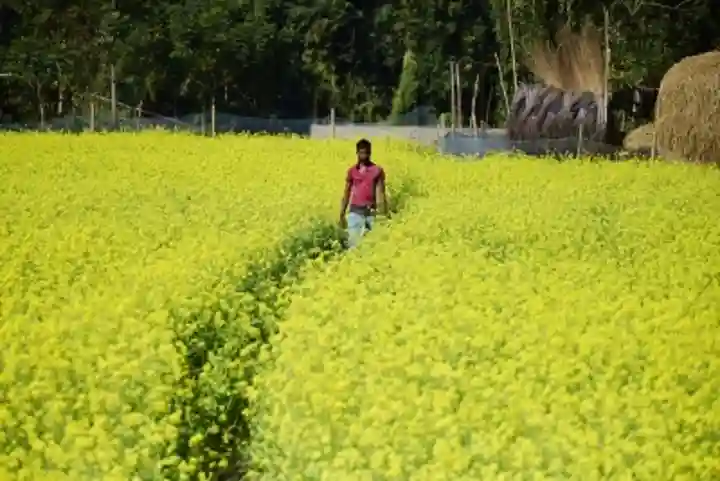

All eyes on India's Kharif production
Amid the rising global challenges impacting the food sector the most, India’s food inflation in December fell to 4.19 per cent – the lowest in the year and among the lowest in the world. This will provide a huge relief to the country’s policymakers at a time when global concerns over food security and production have risen. The drop in food inflation was driven by a fall in prices of vegetables, pulses and edible oil. Food prices in China increased by 4.8 percent year-on-year in December 2022 while in other South Asian countries such as Bangladesh food inflation in December was 7.9 per cent, Sri Lanka recorded 64.4 per cent and Nepal’s was at 7.38 in November. In Pakistan, food prices increased 35.5 per cent in December. Among other Asian economies, Japan’s food inflation in November was at 6.9 per cent while South Korea’s was at 5.23 in December.
As far as advanced western economies are concerned, the US registered food inflation of 10.4 per cent in December. The UK’s annual food inflation jumped 13.3 per cent in December.
According to a State Bank of India report, the decline in vegetable prices was primarily due to the “tectonic shift” in sowing practices by the farmers.
The area sown under Rabi crops has increased from 457.80 to 526.27 lakh hectares. This difference of 68.47 lakh hectares is 15 per cent more this year compared to the corresponding period in 2021-22. While the increase in area is across all crops, the maximum is in wheat sowing. An official statement said that out of 68.47 lakh hectares rise in all rabi crops, the increase in wheat area is 51.85 lakh hectares from 203.91 to 255.76 lakh hectares.
“As of now it is a very comfortable position for India but we also need to be watchful of the weather conditions going ahead. We have seen how weather conditions are changing dramatically and untimely rains say around March — can damage Rabi harvest,” Subhomoy Bhattacharjee, Senior Adjunct Fellow at RIS (Research and Information System for Developing Countries) told India Narrative. Rabi crops are typically sown after the monsoon season till November and harvested in April-May.
Supplies of most vegetables, including that of onions and tomatoes, have improved despite widespread reports a few months ago suggesting that untimely rains had caused severe damages to crops.
India’s food inflation in November stood at 4.67 per cent.
The movement in vegetable prices in December mirrors the pattern seen in the previous month which has pulled the overall CPI inflation down to 5.72 per cent in December, which is a new low. The drop in overall inflation will provide enough room to the Reserve Bank of India to once again focus on economic growth. “Even if the interest rates do not reduce, we can expect a halt with the inflation numbers,” said an analyst.
The current cold wave is expected to give a further push to the farmers in north India, especially Punjab and Haryana. But untimely rains could spoil the party.
US President Donald Trump on Saturday (US local time) called the continuation of the trial…
Protestors in Serbia took to the streets of Belgrade and demanded an early election, as…
The Ministry of External Affairs (MEA) on Sunday strongly rejected the Pakistani Army's claims, where…
Indian Army strengthens ties with Russian Land Forces at the 4th Indo-Russian Inter-Governmental Commission (IRIGC)…
The Indo-French Joint Military Exercise SHAKTI-VIII continues to strengthen operational interoperability and mutual cooperation between…
Prime Minister Narendra Modi attended the centenary celebrations of the revered Jain spiritual leader Acharya…